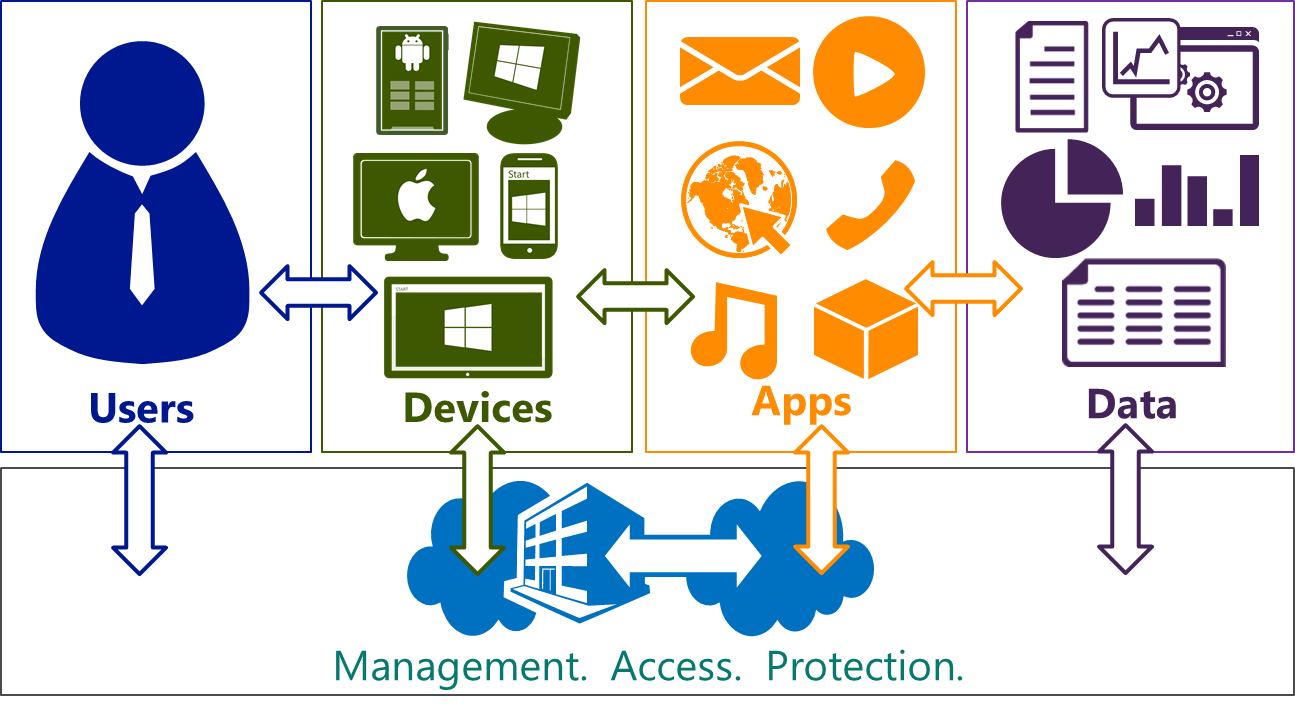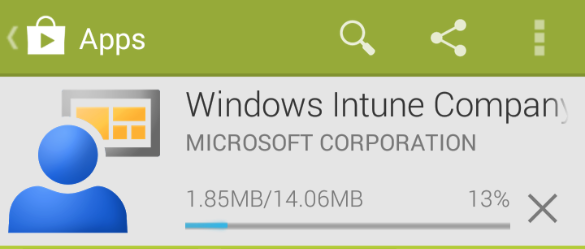BYOD Basics: Enabling People Centric IT
The term "Bring your Own Device" or BYOD, has been coming up more frequently in conversation as of late. This is because the line between business and consumer devices has almost completely eroded. Sleek and jaw dropping smartphones and tablets now include TPM chipsets and FIPS 140-2 adherence further blurring said division. With this evolution now occurring, conversations around BYOD most frequently turn to stories around security and what IT is doing to stop their supported mobile workers from losing any data.
Microsoft sees BYOD in a different light.
Recently, Microsoft enabled iOS and a preview version of Android devices to have access to the Windows Intune Company Portal. This app runs natively on each device enabling people to view and install applications which IT has made available them. While the underlying requirement for security is addressed quite adequately, the offering of specific applications that pertain to the betterment of the employee's productivity on a device of his or her choosing enables People Centric IT.

The enablement of People Centric IT is something Microsoft strives for amidst it's ecosystem offering. While Windows Intune can be a stand alone offering in terms of devices and services enablement, incorporating People Centric IT solutions in offerings such as Windows Server 2012 R2 through the Work folder offering and System Center Configurations Manager 2012 R2 have provided a good first step in addressing security needs without limiting resources.
Microsoft Virtual Academy also provides a great resource to address People Centric IT enablement in form of a online course entitled Windows Server 2012 R2 Access and Information Protection which should also be reviewed to better understand Microsoft's solution to BYOD.
